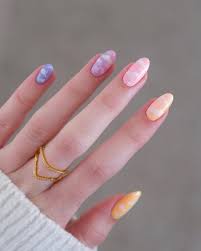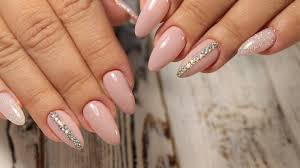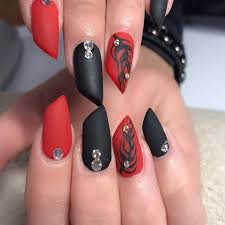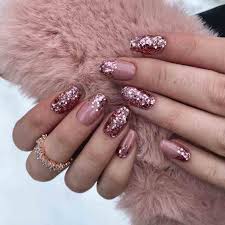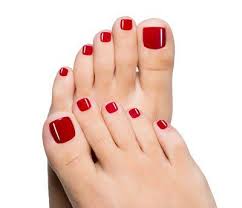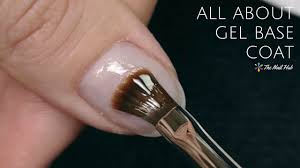As a professional nail technician with a YouTube channel that has over 2.5 million subscribers, I’ve seen how hard gel nails have become a staple in the nail world. The viscous gel hardens under UV or LED light, offering durability, strength, and a long-lasting finish. This makes it an excellent choice for those who want a resilient and enduring manicure. Unlike soft gels that are easy to soak off, hard gel requires filing for removal, providing more stability.
Hard gel is widely used for extending nails and creating intricate art. It’s popular among both at-home enthusiasts and technicians because of its ability to perform under pressure. The protective coating helps keep nails safe from wear and tear. It’s also great for adding length, but some people ask, “how to remove builder gel?” Remember, removal requires filing instead of soaking, and it’s important to follow proper techniques to protect your natural nails
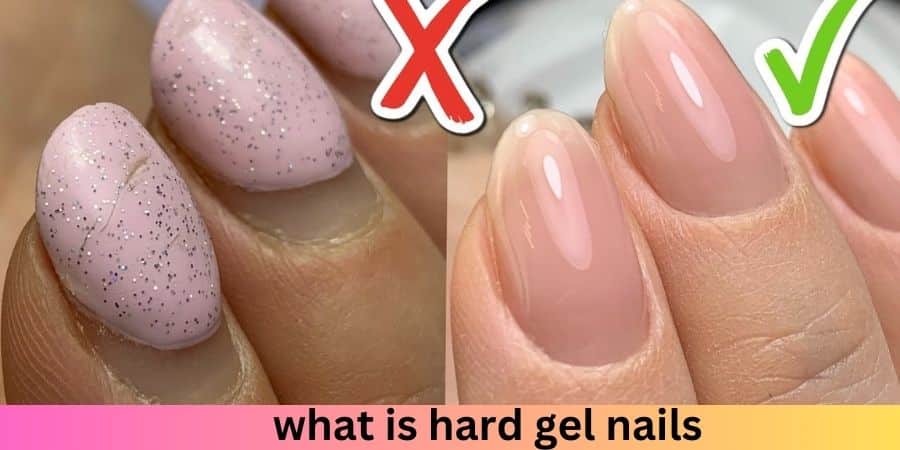
What is the difference between gel and hard gel nails?
When it comes to nails, there is a big difference between gel polish and hard gel. Hard gel is thicker and more viscous, creating a strong, solid, and inflexible layer on the nails. This type of gel cures under LED or UV light, forming a highly durable surface. I always recommend hard gel to clients who want length or detailed nail art. It can last for weeks without chipping.
The Application Process
On the other hand, gel polish is more flexible and thinner, offering a natural look. It’s applied like regular nail polish and is also cured under UV or LED light. However, the process is much quicker than hard gel. Gel polish is perfect for those who want a simple manicure and change their look often. In terms of removal, hard gel requires filing to be taken off, while gel polish can be soaked off with acetone, which is gentler on the nails.
Durability and Strength
The biggest advantage of hard gel is its durability. It’s much stronger and less prone to chipping compared to gel polish. This makes it ideal for long-lasting nail extensions. On the flip side, gel polish is more prone to wear and tear but offers a more natural feel and is easier to maintain.
Cost and Maintenance
Many clients also ask, “How much are French tip nails with hard gel?” While hard gel is more expensive and requires professional removal, it’s worth the investment for a long-lasting manicure. Gel polish is a more cost-effective option that’s easier to apply and maintain at home.
How Does Hard Gel Differ from Soft Gel?
Both hard gel and soft gel need to be cured under a nail lamp with UV or LED light, which starts a process called polymerization. This process transforms monomers, oligomers, and small molecules into long chains that form three-dimensional networks. These molecular chains link together, creating a stronger polymer structure, especially in hard gel. The more links between the chains, the tougher the gel becomes. This is why hard gel is resistant to staining, whereas soft gel is more porous and can be prone to discoloration over time.
Since the ’90s, gel polish has become popular as a chip-free, color-depositing alternative to traditional nail polish. Unlike regular polish that chips within a few days, gel polish can last for up to two weeks, making it a favorite for people looking for a longer-lasting polished look. However, it’s important to note that gel polish doesn’t have the same rigidity or longevity as hard gel. While both provide beautiful finishes, hard gel is more appropriate for individuals who need something more robust.
In my experience, the best of both worlds is using hard gel as a base with soft gel as a top coat to add color and a glossy shine. This combination allows you to have the strength and durability of hard gel with the vibrant color options and ease of application found in soft gel. And remember, when you get your nails done at a salon, always be sure to tip at the nail salon. A little appreciation for the professional service goes a long way, and it shows your gratitude for their effort in making your nails look their best.
Which is better for your nails, acrylic or hard gel?
When it comes to deciding which is better—hard gel or acrylic—it really comes down to your personal preferences and needs. As a nail tech who’s worked with clients of all types, I’ve seen how much of a game-changer this choice can be. Some clients love the firm, sculpted feel of acrylic, while others enjoy the lighter, flexible finish of hard gel. Ultimately, it’s not just about appearance—it’s about how the product supports your nails and lifestyle. Many people also ask, what is soft gel nails and how it compares, but that’s a different system altogether with its own pros and cons.If you haveweak or brittlenails, hard gelmight be a better option because it can provide extra protection without the added weight or harshness sometimes associated with acrylic. I’ve personally seen clients’ nails thrive under hard gel, especially those who needed a little more support but didn’t want to compromise on flexibility. Whether it’s extra strength or a natural look you’re after, both methods offer benefits. It really just depends on what you’re looking for in terms of comfort, style, and long-term
How To Remove Gel Nails
Hard gel nails are strong, shiny, and last for weeks. They’re more flexible and chip-resistant than acrylics. Many people love them for their clean look and long wear time. The product is cured under an LED or UV lamp and feels lighter than traditional extensions. A gel brush is often used to apply the thick formula from a pot. It can help shape your nails, add length, or overlay your natural nail. Some even confuse it with Builder Gel, but Builder Gel is slightly different. If you’ve ever asked, “What is Builder Gel?” — it’s also a type of gel used for extensions, but it has a different texture and strength compared to hard gel.
Now, let’s talk about how to remove them. The easiest method is the acetone soak. First, file the top layer to break the seal and let the acetone penetrate. This helps to dissolve the gel faster. Use cotton soaked in acetone, wrap your fingers, and wait. It can take some time, but it avoids damage to your nails. Do this step thoroughly and gently. At home, I always go slow and focus on each nail. The process feels easier if you prep right. Don’t forget, if you’re wearing Gel-X, the same steps apply. Keep it simple and let the smoother removal protect your natural nail in the long run.
Hard or Soft Gels? Decision Time Made Easy
.
Speaking of which, soft gel can be easier and quicker to remove, especially when you don’t have time for the time-consuming steps involved with hard gel. It has a natural feel and look, and while it’s slightly less long-lasting, it’s still strong enough for everyday wear. I’ve recommended soft gel to friends who love changing their nail style often or who are just dipping their toes into gel systems. So whether you want the solid commitment of hard gel or the more flexible charm of soft gel, your choice really depends on how much length you want, how intricate your style is, and how often you’re willing to go through the removal process.
Speaking of which, soft gel can be easier and quicker to remove, especially when you don’t have time for the time-consuming steps involved with hard gel. It has a natural feel and look, and while it’s slightly less long-lasting, it’s still strong enough for everyday wear. I’ve recommended soft gel to friends who love changing their nail style often or who are just dipping their toes into gel systems. So whether you want the solid commitment of hard gel or the more flexible charm of soft gel, your choice really depends on how much length you want, how intricate your style is, and how often you’re willing to go through the removal process.
conclusion:
Hard gel nails are a durable and versatile choice for long-lasting manicures, offering strength, protection, and the ability to create intricate designs. While removal requires filing instead of soaking, following proper techniques ensures your natural nails stay safe and healthy. With the right care, hard gel provides both beauty and durability for every nail enthusiast.

